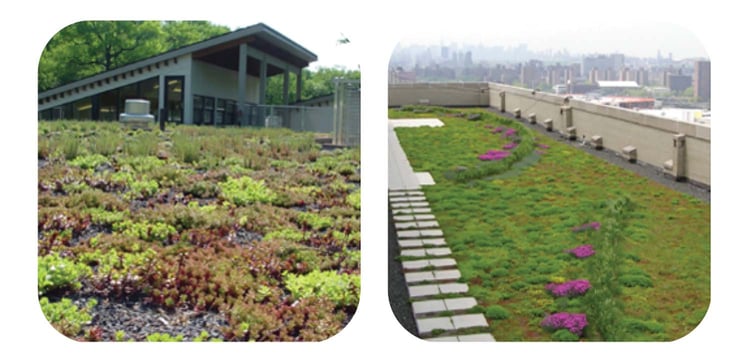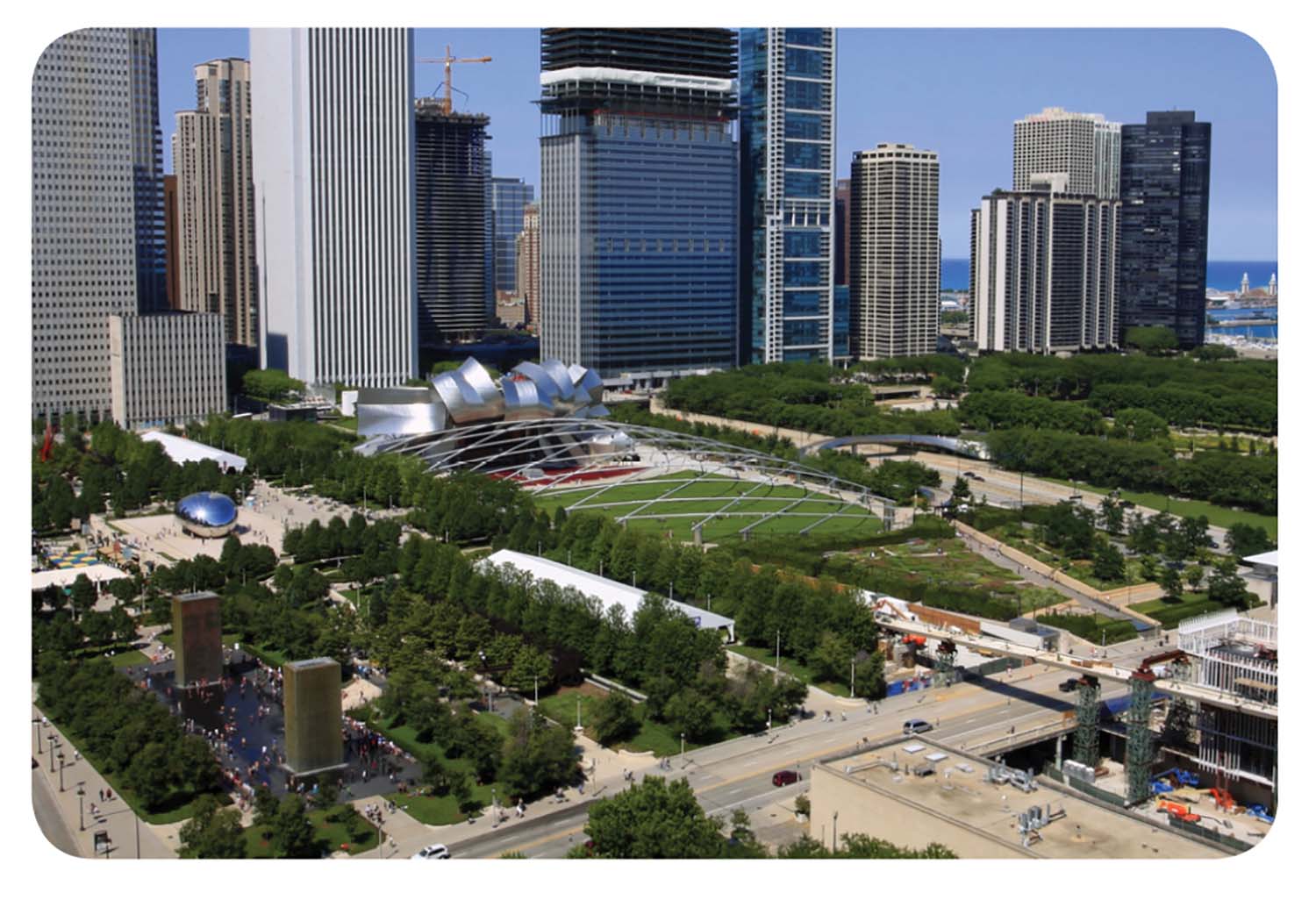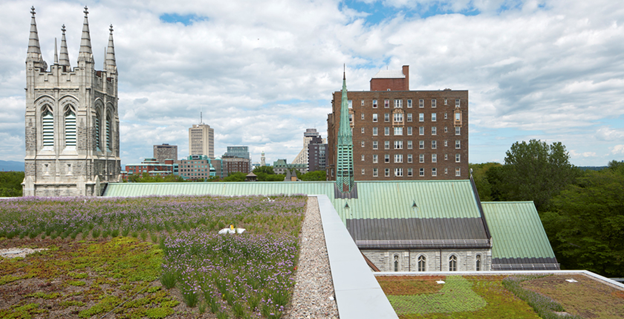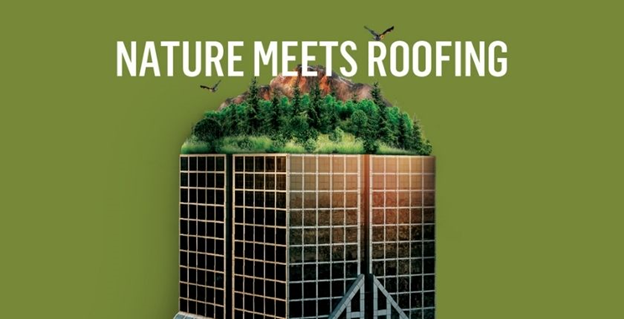Not every vegetated roof is created equal
There are multiple types of vegetated roofs out there designed to fit the needs of any project. Whether the purpose of the roof is to meet stormwater management requirements, or add livable space for building occupants, there is a vegetated roofing system to meet your needs.
In this post, you’ll learn more about each of the following system types.
- Extensive
- Semi-Intensive
- Intensive
Check out our video that compares each vegetated system.
Extensive Systems
Extensive systems are often referred to as compliance roofs and are considered the “work horses” of the vegetated roof systems. These systems provide a lightweight, low-maintenance solution and are the most specified and least expensive of all the options. Typically, extensive systems are selected for large, flat-roofed buildings and are a good option for low-sloped roofs and retrofit styles.
Extensive systems are the shallowest system at three to six inches in depth and can weigh up to 42 pounds when saturated. They are most often selected for their ecological benefits and are not generally intended for public access, as some of the other system options may be. The vegetation seen on these systems include sedums and other drought-tolerant perennials and grasses. In most climates, irrigation systems are not required for extensive systems, unless they are located in the South, Southwest or another high desert area.

Semi-Intensive Systems
Semi-intensive systems offer you a combination of both extensive and intensive systems. These systems provide a “best-of-both-worlds” solution. When jumping into the semi-intensive realm, the plant palette available expands quite a bit. Plant life within a semi-intensive system can include perennials, taller grasses and even some small shrubs. Semi-intensive systems have a richer, deeper substrate and drainage solution compared to extensive systems.
Semi-intensive systems are also often sought after because they can store more stormwater than an extensive system. These systems are six to ten inches in depth and many times defined up to twelve inches in depth. When saturated, they can weigh up to 84 pounds. With deeper growing depths and an expanded plant palette, these systems offer much more design flexibility than extensive roofs.

Intensive Systems
Intensive systems are designed to replicate what is typically found at ground level in the natural landscape, as well as in green spaces like parks or cultivated gardens. Intensive systems are often used on commercial buildings where owners want to have a large green area that incorporates all sizes and types of plants. This type of system can offer buildings more usable space, whether it be a community park or even rooftop garden.
Intensive systems are the most maintenance-heavy of the three systems and do require irrigation systems. These systems can include perennials, groundcovers, shrubs, trees and even turf grass. In addition to the extensive list of plant life that can be installed, you can also include tables, benches, planter boxes, ponds, fountains and greenhouses.

Learn more about each system from our quick vegetated roofing comparison guide!




